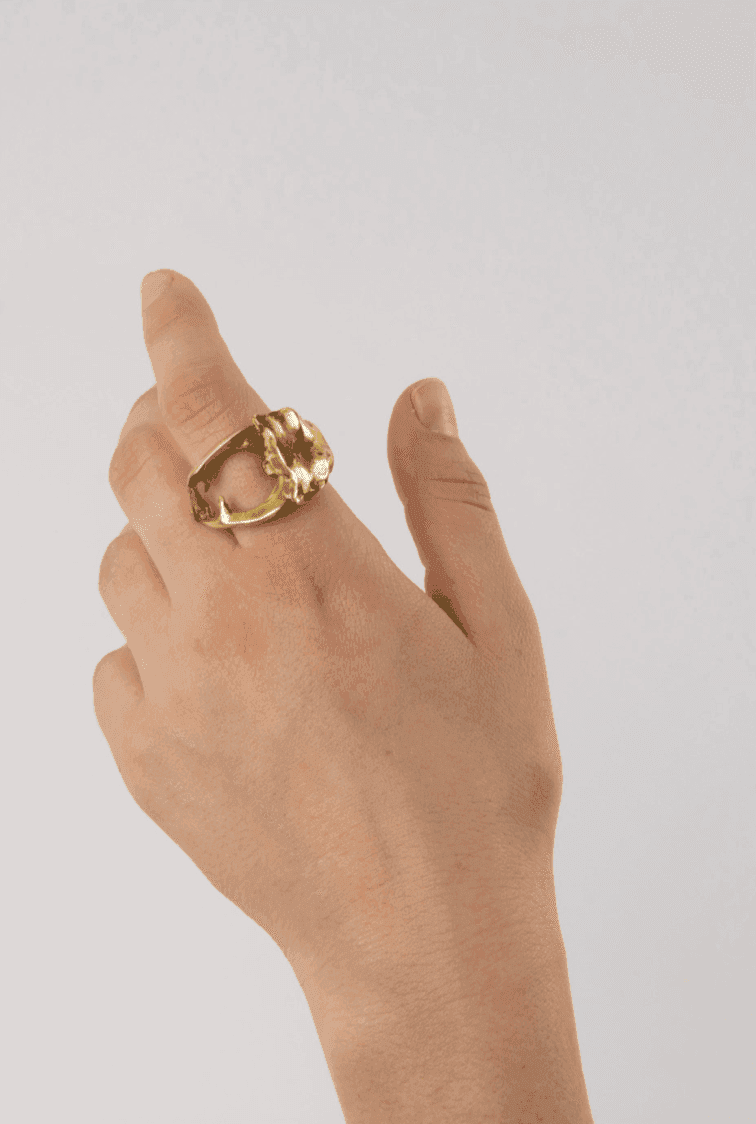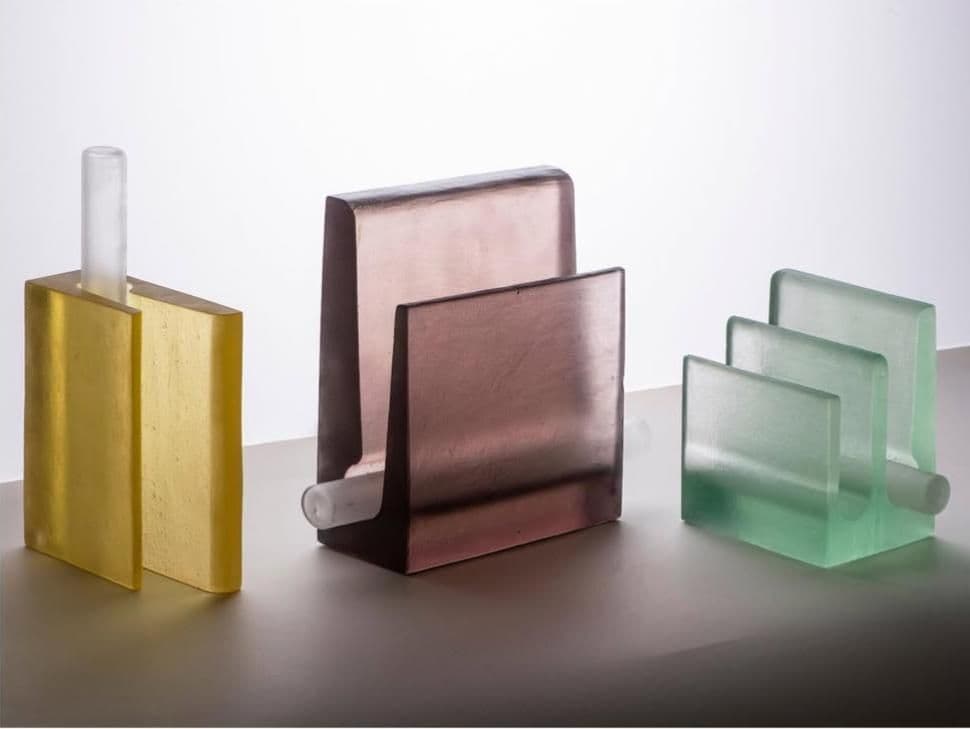Your recent collection of lamps was inspired by observing how landscapes change under different lighting conditions. How do you capture this interplay between light and glass in your designs?
There are no materials that interact with light better than glass. By definition, glass is translucent and allows light to pass through. However, when its surface is modified, each part of the surface reflects light in different ways, creating playful reflections.
What interests me in working with glass is exploring its properties, specifically its ability to reflect and bounce light. Upon contact, it transforms the reflection of an object. We are not talking about shadows but rather about the reflection of coloured light, somewhat like stained glass. I like to speak of objects that evolve and are influenced by their environment.
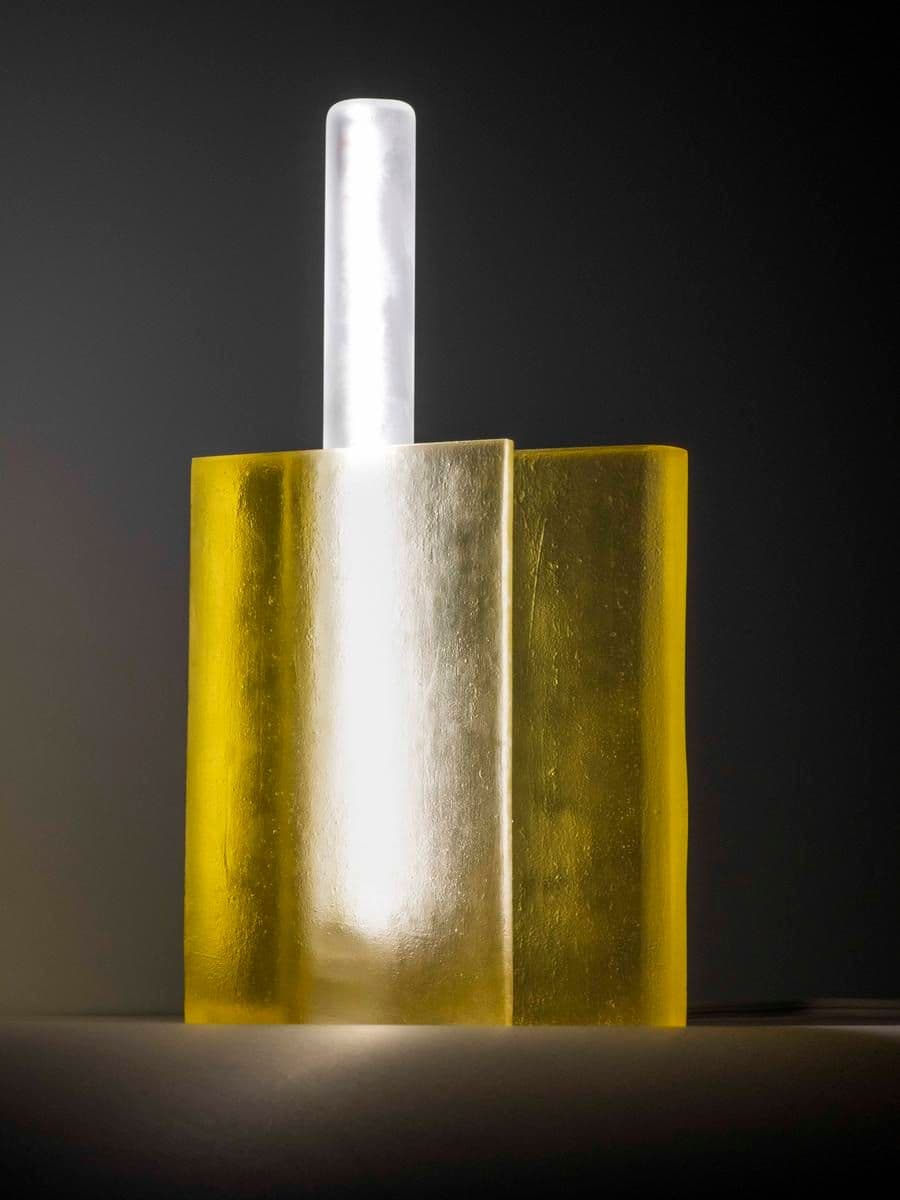
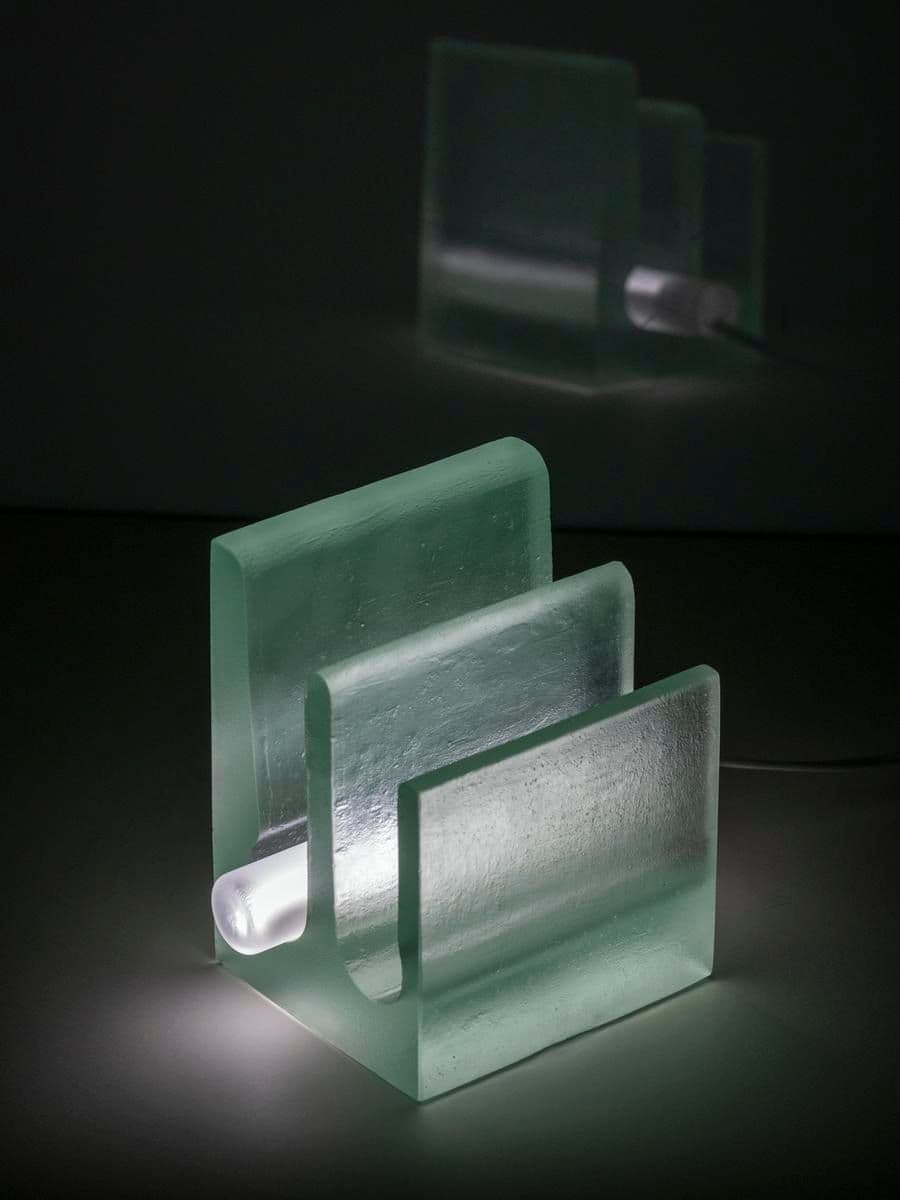
Your description of fused crystal plates as “the impossible sculpture of water” hints at a sculptural approach to your design. How do you see the boundaries between functional design and fine art in your work?
For me, we have entered an era where it is essential to surround ourselves with objects that will last. The choice of glass in my practice is not insignificant; it is a natural material derived from silica and can be recycled infinitely. I joke that if you were to throw one of my pieces into the sea, it would eventually become a frosted pebble, without causing any harmful impact on the environment—except for its production, of course.
To return to my practice, a sculptural image, like that of a water sculpture, is an artistic approach that I embrace in my work as a designer today. I want my objects to tell a story, and for the person who acquires them to become part of that story. It is a dialogue between functionality and art that I aspire to as a designer. I have long had the desire to bring art into people's homes, and design is a way to achieve that.
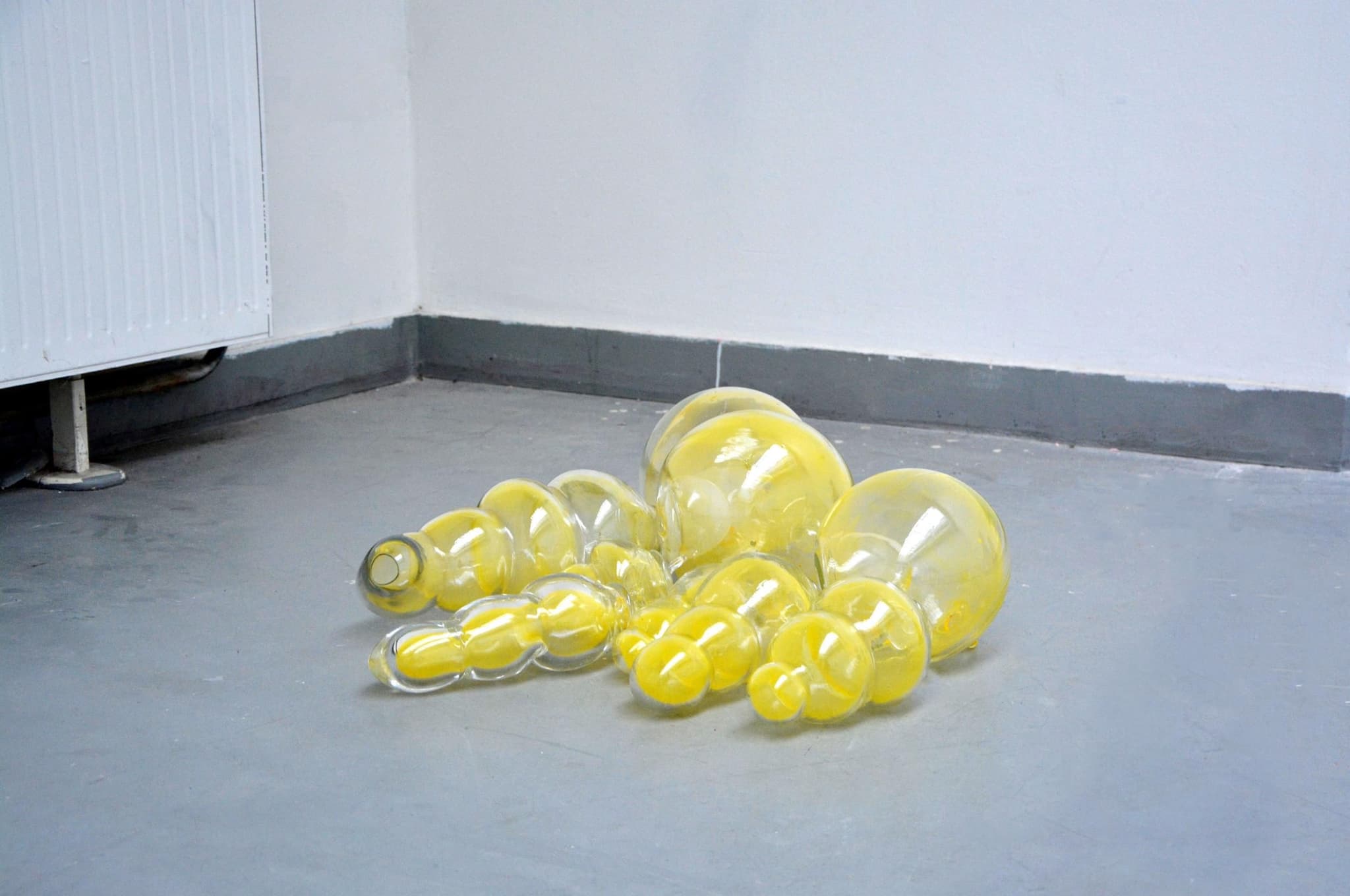
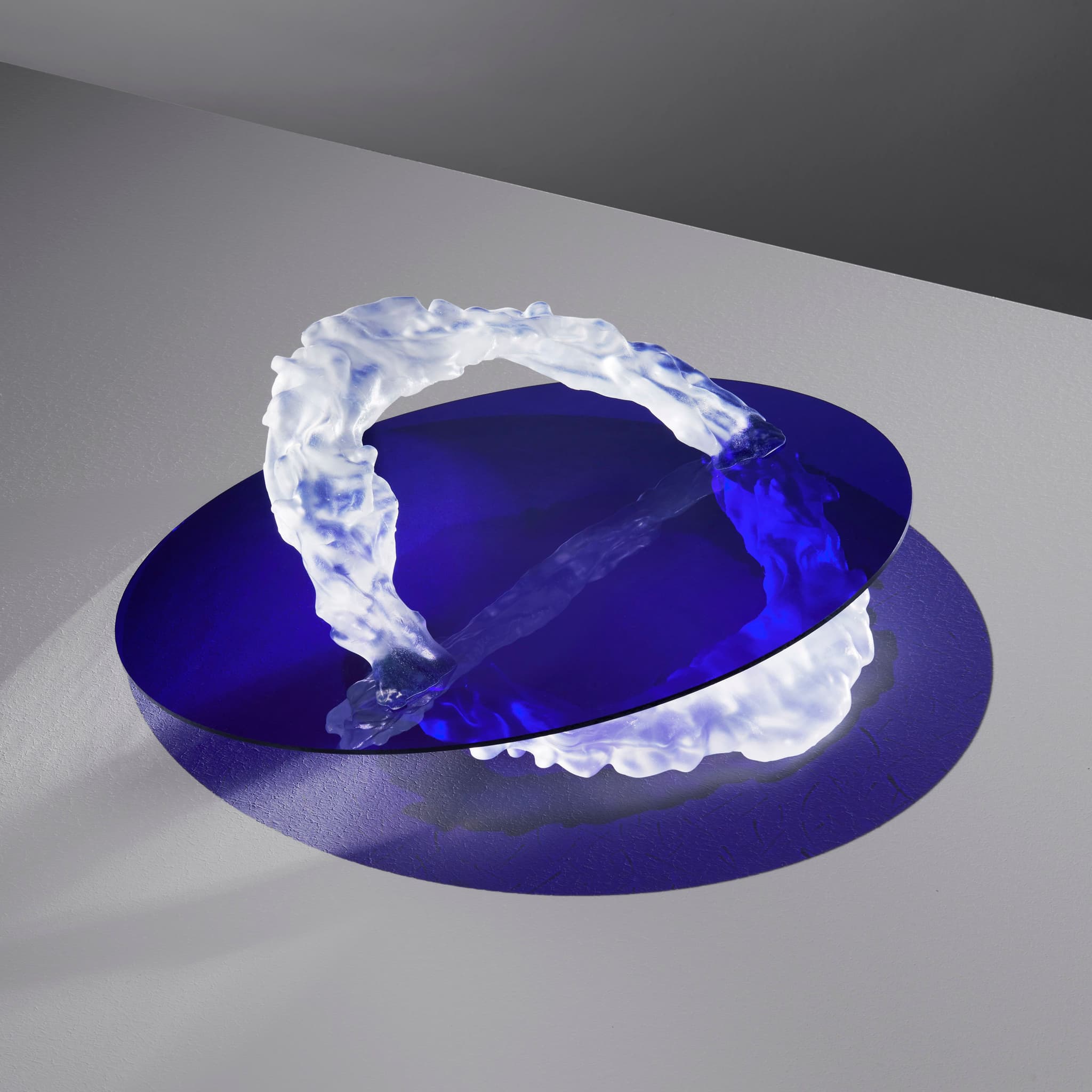
Your "Dôme" trays utilize the natural textures and patterns of wood to create a dynamic surface. What was the inspiration behind the curved design, and how does it influence the function and aesthetics of the piece?
Through this tray, I wanted to go beyond mere function and highlight the material, even when it is 'activated' in use. Elements, such as fruit, for example, naturally settle into the trench designed for this purpose.
This way, the curved part of the wood is never fully covered, allowing the material to take centre stage by showcasing the unique grain patterns of each wood species.
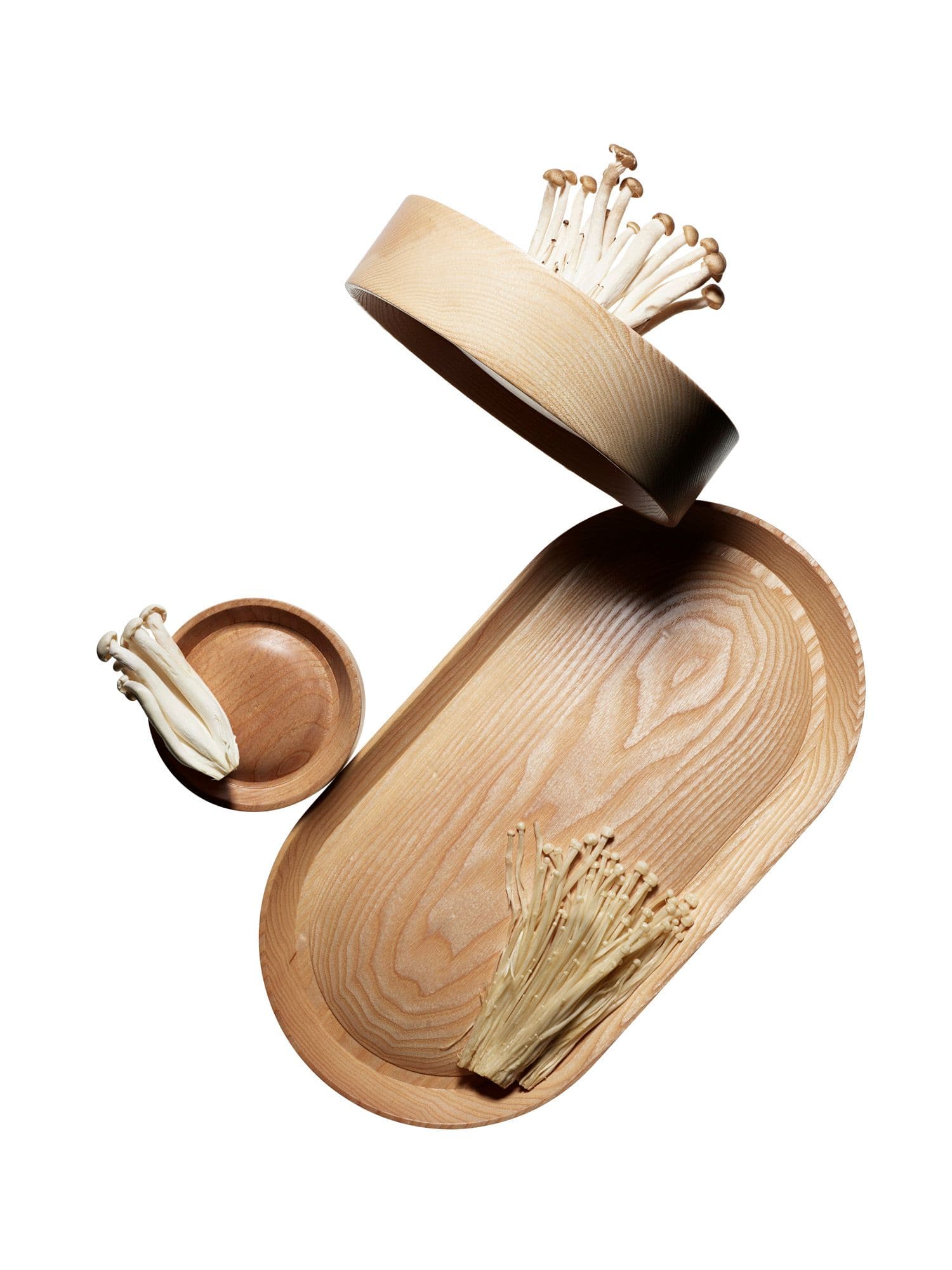
You've worked with both ash and walnut wood in your "le bois" collection. How do the qualities of different woods, like texture and grain, influence your design process and the final outcome of each piece?
For this collection centred around wood, I collaborated with a very talented cabinetmaker and friend, who is particularly mindful of his environment and the surrounding forest. I spent over a week in the middle of winter at his workshop, located deep in the Vosges forest. Benoît works only with French forest wood, so we naturally used the wood he had already sourced locally.

The patterns and textures in wood, the grain of glass, and even the imperfections of materials play a critical role in your designs. How do you approach imperfections—both in process and material—as integral parts of your storytelling rather than flaws to be hidden?
I place great importance on the material and the qualities and textures it brings. For me, these are an integral part of my story, with my first inspiration coming from nature and its organic, imperfectly beautiful forms. This is a recurring theme in my work.
Glass is unpredictable; accidents happen, and patience is essential when working with this material. The natural grain created by the cast glass technique, such as bubbles or the so-called 'veils' that can appear within the glass, are imperfections I find beautiful. They become an integral part of the final object, bearing witness to the process—unlike resin, for example, which is very smooth and often petroleum-derived.
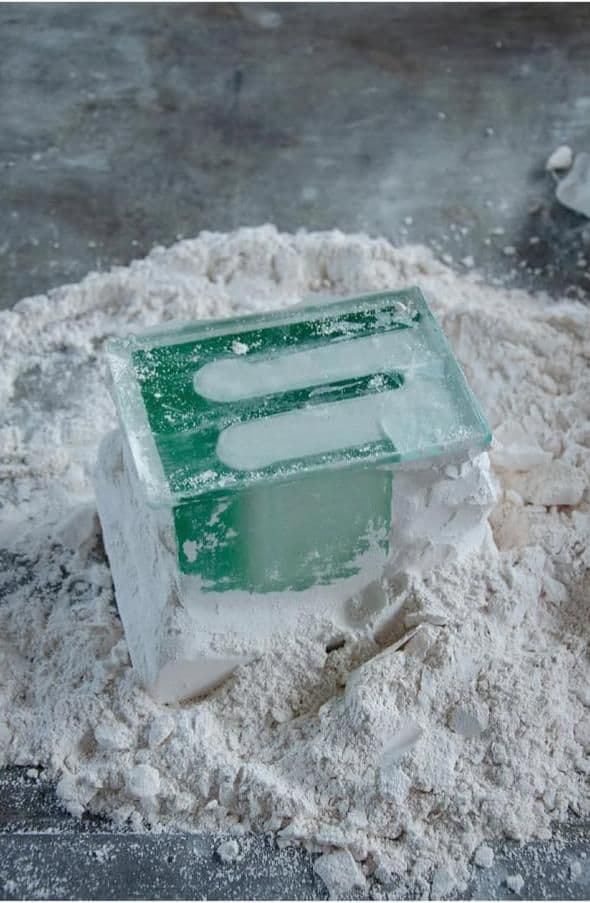
As a designer working with luxury materials like glass and wood, how do you address the ethical concerns surrounding the sourcing and sustainability of these materials, especially when considering the ecological impact of luxury crafts?
These questions are essential. That's why I am committed to working with French craftsmen who source their materials in France or as locally as possible.
Both wood and glass are natural materials, which are produced in reasonable quantities and are also used in a variety of ways. Every piece in my collection reflects my commitment to quality, durability, and exceptional craftsmanship. All wooden objects are made from wood from French forests. We use high-quality food-safe polishes, guaranteeing not only the safety of users but also the durability of the objects.
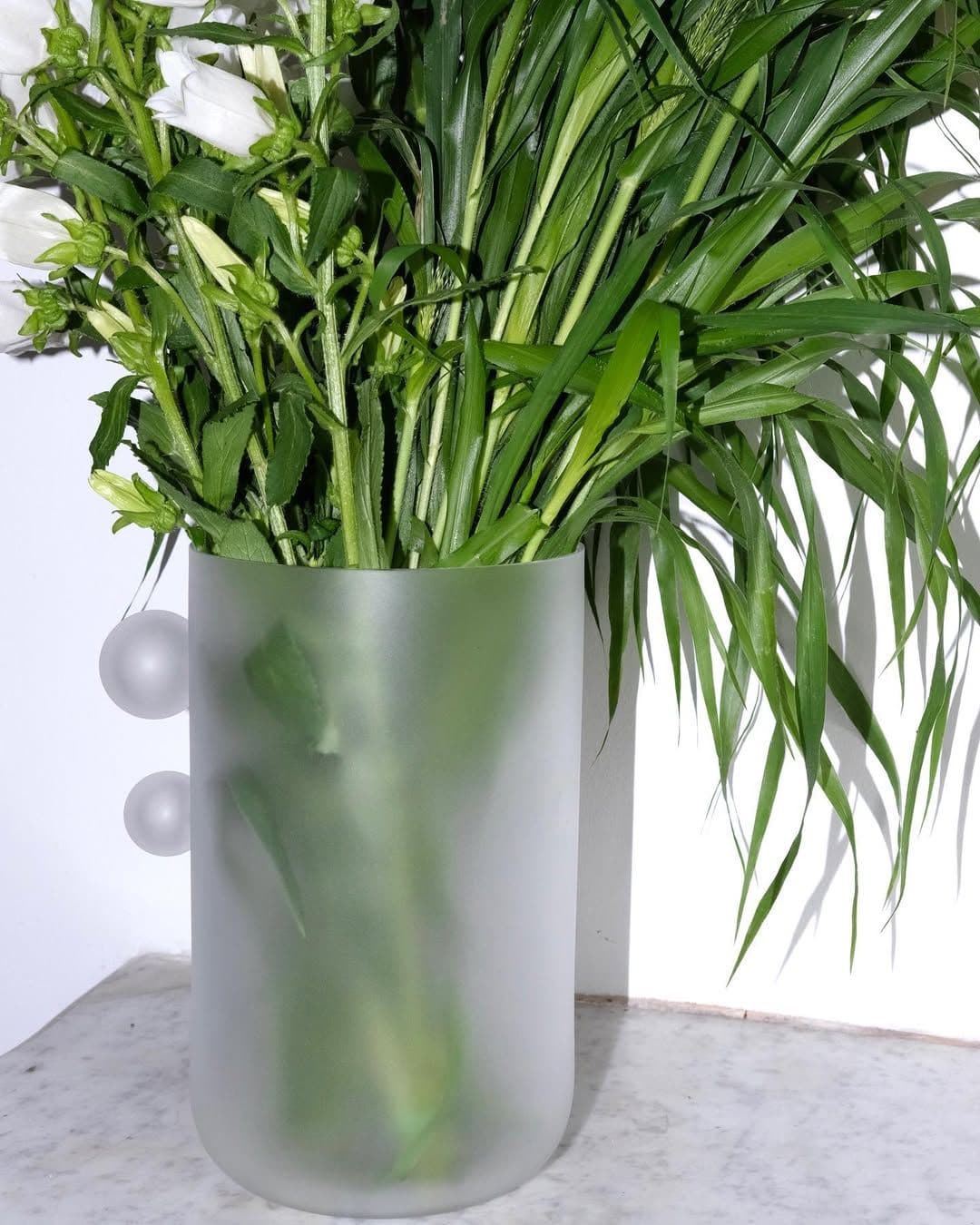

How do you see your work evolving in the future? Are there other cultures or design traditions you plan to explore in upcoming collections?
I am currently working on a collection of glass-paste lighting, namely pendant lights, wall lamps, etc. I am not closed to any subject; I let experiences and collaborations come according to my encounters and affinities.
I am also designing a series of carpets based on watercolour drawings, and in discussions to work on a collection of jewellery.
